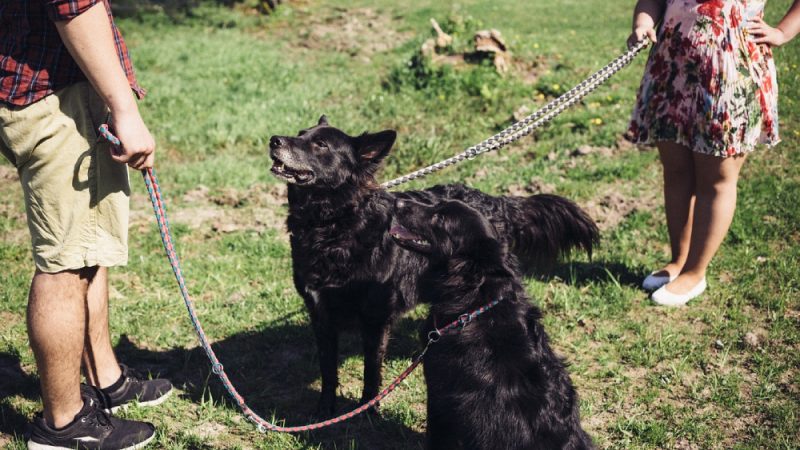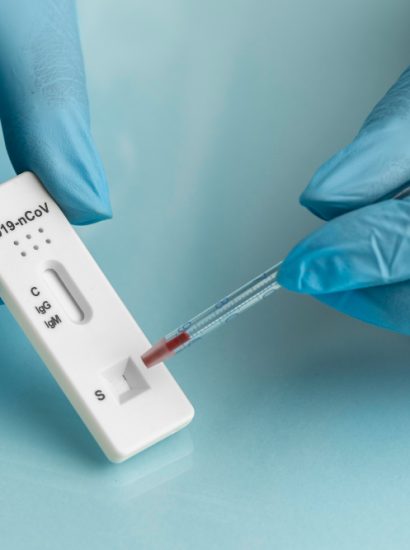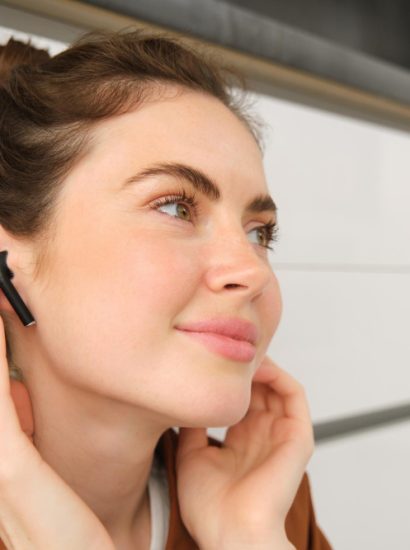When it comes to breeding dogs, selecting the right canine stud is crucial for achieving healthy, well-tempered puppies that meet breed standards. The process requires careful consideration, as the canine stud will play a significant role in passing on his genetic traits to the offspring. Whether you’re an experienced breeder or just starting out, understanding the key factors involved in canine stud selection can help set you up for success. This guide will outline 10 expert tips to help you choose the best mate for your female dog.
Understanding the Importance of Genetic Health in a Canine Stud
One of the most important aspects of canine stud selection is ensuring that the dog is genetically healthy. Dogs with hereditary health issues may pass these traits on to their puppies, which can lead to expensive vet bills and emotional distress for new owners. Before selecting a canine stud, check his medical history, including screenings for common breed-specific health problems, such as hip dysplasia, heart conditions, and eye disorders. A stud with a clean bill of health will increase the chances of producing healthy puppies.
Look for a Canine Stud with a Good Temperament
A canine stud’s temperament plays a critical role in the puppies’ future behaviour. A dog with a calm and friendly nature is more likely to pass on these positive traits to his offspring. Conversely, a stud with behavioural issues may result in puppies that inherit those traits, leading to potential challenges for the new owners. When choosing a canine stud, observe his behaviour in various situations, including around people, other dogs, and in new environments. A good temperament is essential for the overall success of your breeding program.
Consider the Pedigree of the Canine Stud
The pedigree of the canine stud is an important factor to consider when selecting a mate for your female dog. A strong pedigree indicates that the dog comes from a long line of healthy, high-quality dogs, which can improve the chances of producing well-bred puppies. Pedigree records will also give you insights into the dog’s ancestry, which can help you avoid potential inbreeding or other genetic issues. Make sure to check the stud’s registration with reputable breed organisations, such as the American Kennel Club (AKC), to ensure that he meets breed standards.
Check the Physical Health and Conformation of the Canine Stud
Physical health and conformation are key factors in canine stud selection, as these traits directly affect the offspring’s health and appearance. Conformation refers to the dog’s physical structure, including his size, coat, and bone structure. When choosing a stud, ensure that he has the correct physical attributes for his breed, such as a well-shaped head, correct coat texture, and appropriate body size. Studs that conform to breed standards are more likely to produce puppies with desirable traits.
Health Considerations for Breeding Dogs
When selecting a breeding mate, ensuring both dogs are in optimal health is crucial. Look for a dog that is free from hereditary diseases, has a strong immune system, and is up-to-date on vaccinations. A comprehensive vet check is essential to rule out any hidden health conditions that could be passed down to the puppies. Consider factors like diet, exercise, and overall wellness, as these contribute to the quality and health of the offspring.
Understanding Temperament and Compatibility
A successful breeding program goes beyond physical traits; temperament plays a vital role. A stud dog with a balanced, stable temperament can pass on these qualities to the puppies. It’s important to assess both dogs’ behaviours and how they interact with others. A dog with an aggressive or overly timid disposition may not be the best match, as it could lead to challenging pups. Compatibility between the dogs is key to ensuring a harmonious breeding process and producing well-adjusted puppies.
Genetic Testing: The Key to Healthy Puppies
Genetic testing has revolutionised breeding by identifying potential inherited disorders and providing a clearer picture of the health risks. This testing is especially important for breeds prone to specific genetic conditions. Before proceeding with a mating, genetic testing can identify if both dogs carry any recessive genes for diseases like hip dysplasia or progressive retinal atrophy. By choosing dogs with compatible and healthy genetics, you’re safeguarding the future health of the puppies.
Evaluating Physical Traits and Conformation
Physical traits such as size, coat colour, and structure are important to consider when selecting a canine stud. A well-conformed dog that meets breed standards can pass on desirable traits to offspring. It’s essential to examine the stud’s overall appearance, including their posture, bone structure, and coat type. Also, be mindful of potential health issues related to confirmation, such as breathing problems in brachycephalic breeds. Prioritising physical compatibility ensures healthy and desirable puppies.
Age and Experience: Choosing the Right Age for Breeding
Age is a critical factor in selecting a stud dog. While males can typically breed from a young age, selecting one that is not too young or too old is ideal. A dog that is too young might not be fully developed, while an older dog might experience a decrease in fertility. A mature dog with proven breeding success, generally between 2 to 6 years old, is often the best choice. Experienced studs are more likely to provide consistent, high-quality offspring.
Legal Considerations and Breeding Regulations
Before choosing a stud dog, it’s important to familiarise yourself with the legal requirements and breeding regulations in your area. Certain regions have strict rules about breeding, including licensing, health checks, and limits on the number of litters a dog can produce. Additionally, ethical breeders ensure that all contracts and agreements are clear and in writing. Being aware of these regulations not only ensures compliance but also protects the rights of both the stud owner and the dam owner.
Conclusion
Choosing the right canine stud is one of the most important decisions in the breeding process. By following these 10 expert tips, breeders can ensure that they select a stud that will contribute positively to the health, temperament, and overall quality of the puppies. From evaluating genetic health to considering physical traits and behavioural characteristics, every aspect of the stud’s profile must align with your breeding goals. By working with reputable breeders, ensuring compatibility, and prioritising the well-being of the dogs involved, you can set your breeding program up for success and produce puppies that are healthy, well-adjusted, and meet breed standards.
FAQs
1. How do I know if a canine stud is genetically healthy?
To determine if a canine stud is genetically healthy, review his health history and ensure that he has been screened for common breed-specific health problems, such as hip dysplasia and eye issues. Additionally, consult with a vet for genetic testing to check for hereditary conditions.
2. What is the ideal age for a canine stud to breed?
The ideal age for a canine stud to breed is typically between 2 and 5 years. At this age, the dog is physically mature but still fertile. Studs that are too young or too old may not produce the best quality offspring.
3. Why is temperament important in breeding?
Temperament plays a significant role in ensuring that the offspring inherit well-adjusted behaviours. It’s important to assess both dogs’ temperaments to ensure they complement each other, leading to well-behaved puppies.
4. What is genetic testing, and why is it important for breeding?
Genetic testing helps identify potential hereditary health issues that could be passed down to the puppies. It allows breeders to select dogs that are free of genetic disorders, ensuring healthier and stronger offspring.
5. At what age is it best to breed a dog?
The ideal age for breeding varies, but generally, dogs between 2 to 6 years old are considered mature enough for breeding. A dog that is too young or too old may have reduced fertility, so selecting a well-aged and proven dog is recommended for successful breeding.
Also read: Perform Online: 10 Proven Strategies to Boost Your Digital Presence









